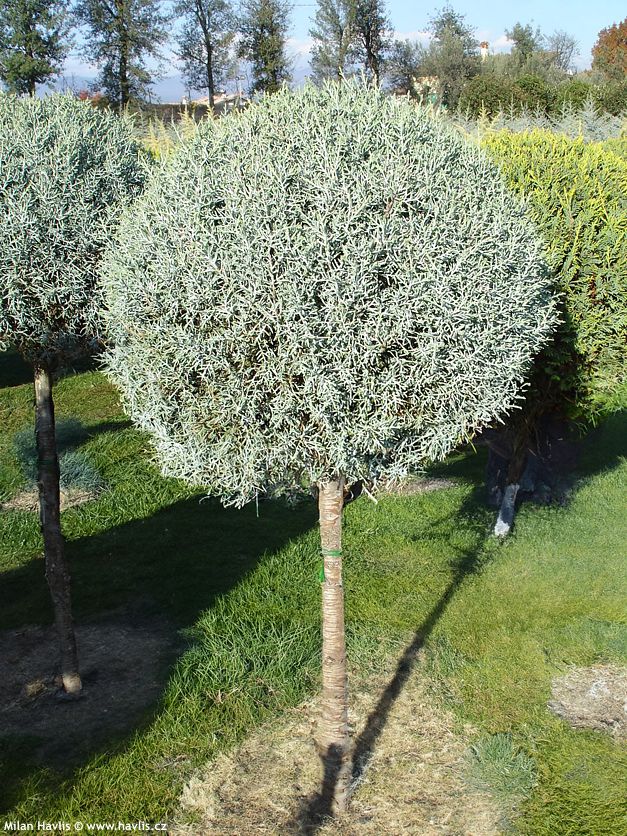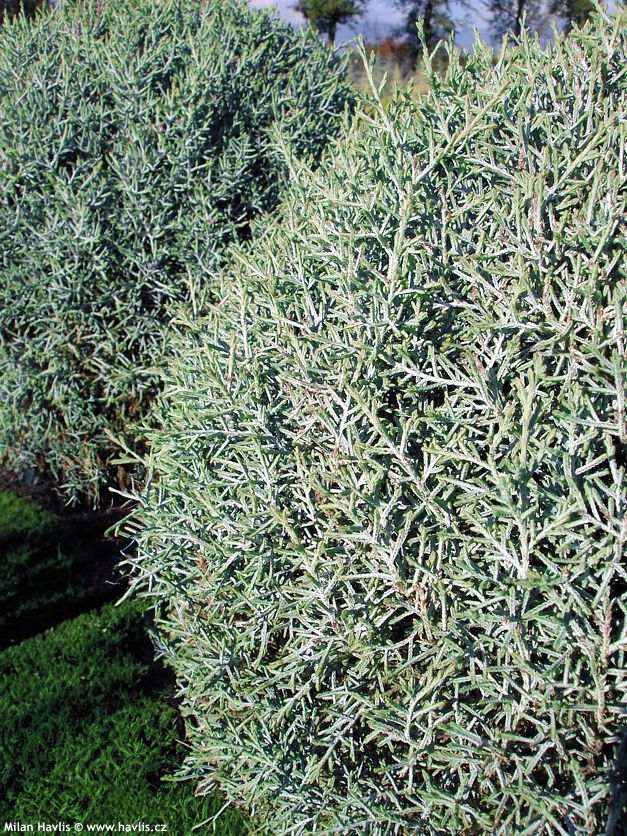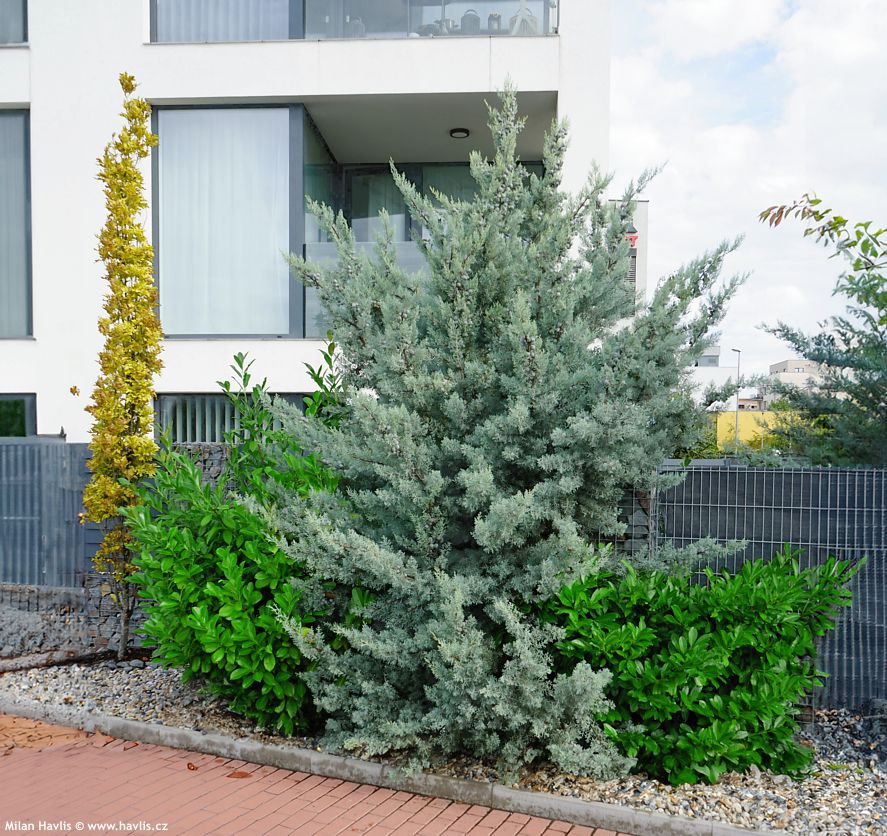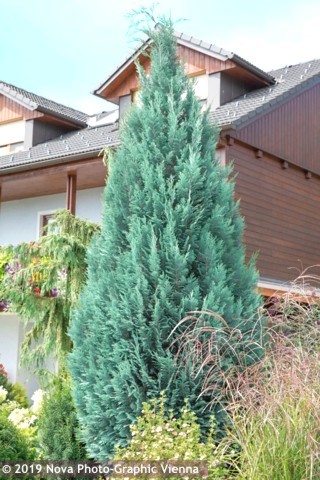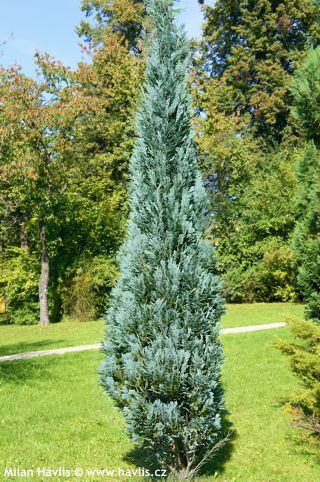Cupressus (Hesperocyparis) arizonica 'FASTIGIATA' Arizona cypress
Cupressus
The true cypress (Cupressus) is like an old wanderer among conifers – quiet, dignified, with a history reaching deep into antiquity. Or perhaps it was the other way around – a companion to many wanderers who once journeyed from town to town and rested in its resin-scented shade on hot days to gather strength for the road ahead. Its natural habitat spans the sunny slopes of North America, the Mediterranean, and Asia, where it became part of cultural landscapes and religious rituals. Its American counterpart – the Arizona cypress – originates from the southwestern United States and northern Mexico, growing at elevations up to 2000 meters. Among its relatives, it’s something of a rebel, refusing the typical green foliage and instead wearing a blue-green to silvery-blue coat that sparkles like a frosty jewel in winter sunlight and acts as a cooling veil in summer. It was first described in 1880 by American botanist George Engelmann (1809–1884), who contributed significantly to the documentation of western U.S. flora. Much later, only in 2009, it was formally reclassified into the genus Hesperocyparis based on genetic studies that separated New World species from Old World cypresses, reflecting its western origin and distinct DNA and morphology.
In medieval Europe, cypress trees became beloved features of monastic gardens, where their quiet shade and upright growth invited contemplation and rest. In Islamic culture, the cypress symbolizes humility and eternity – its slender silhouette often appears in Persian gardens and miniatures, never breaking, only gently bowing to the wind. In Mexico, where Arizona cypress is native, cypresses are planted near churches and town squares as green guardians that lend a ceremonial and peaceful atmosphere. And while in ancient Greece and Rome the cypress was associated with eternity and protection, today its evergreen branches and elegant form more often symbolize vitality and the connection between earth and sky. In some parts of the United States, it’s even used as a Christmas tree – its symmetrical shape and subtle fragrance evoke classic spruces, but with added elegance and a touch of exotic charm.
Fastigiata Arizona cypress is a favourite even in gardens where conifers aren’t typically welcome, thanks to its distinctive character, texture, and color. It grows upright and compact, with branches forming a sharper angle with the trunk, emphasizing its columnar habit. The foliage is soft to the touch, ranging from grey-green to silvery-blue, with a strong fragrance that releases naturally on warm, sunny days and when gently brushed. The bark is reddish-brown and peels in thin sheets like aged parchment. Its bluish needles and resistance to drought and frost have made it a popular tree not only in botanical gardens but also in urban greenery throughout the temperate zone. It grows 30–40 cm per year and typically reaches 5–10 meters in height under Central European conditions, though it can grow taller in favourable locations.
In garden compositions, it acts as an architectural element – its narrowly pyramidal shape adds vertical emphasis and contrast to looser perennials or shrubs. It pairs beautifully with evergreen shrubs in bright green tones, or with deciduous trees and shrubs in deep burgundy (like cherry plums or Japanese maples) and even near-black foliage (such as dark-leaved elder cultivars). In modern gardens, it can form hedges or green screens that shield from wind and prying eyes. Its colour harmonizes with stone, gravel, and wood – a true garden gentleman that fits any style. Its tidy appearance is enhanced by regular shaping into slender columns or cones, and half-standard forms with rounded crowns are especially popular. Pruning begins in late spring and can continue until mid-autumn but avoid cutting into older wood – not only will bare branches fail to regrow, but they also release sticky resin that stays soft for a long time and can easily stain clothing.
It’s not demanding in terms of care, but it does have its preferences. It loves sun – the more, the better. The soil should be well-drained, ideally light and sandy, with a neutral to slightly alkaline pH, though it tolerates acidic conditions as well. It dislikes waterlogging, so heavy clay soils require drainage. Watering is only necessary during prolonged dry spells – otherwise, it makes do with what the sky provides. Its proven frost resistance is –27 °C (USDA zone 5), and according to enthusiastic growers in colder regions, it has withstood several days of –30 °C without issue. It also grows well in containers, provided they are large enough to accommodate its roots, with regular watering and frequent feeding.
Last update 05-12-2009; 23-09-2025
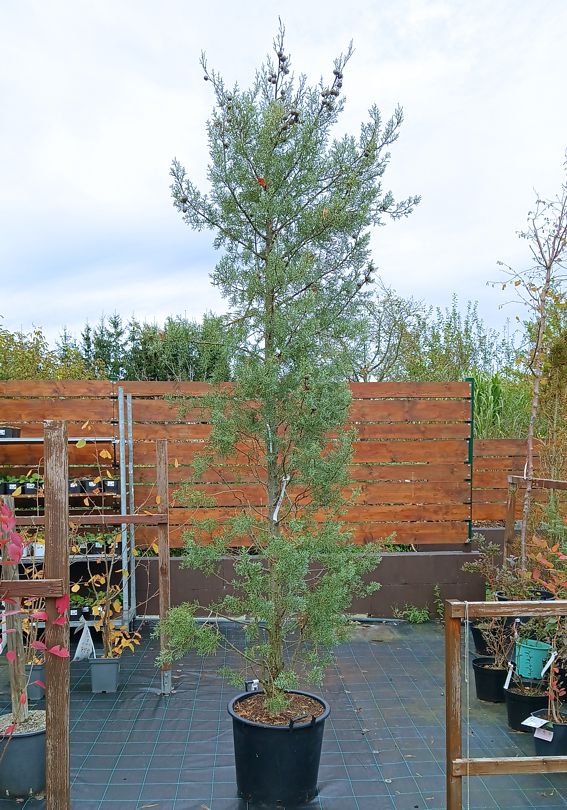
2 890 Kè
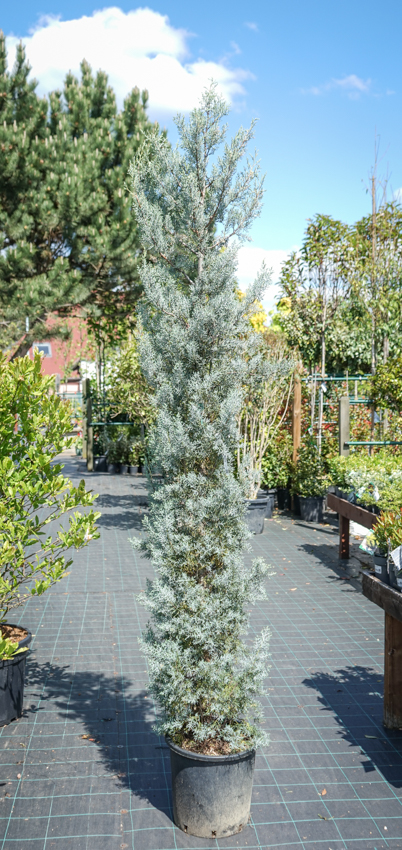
3 051,5 Kè

3 051,5 Kè
Goods are shipped all over Europe. For Russia and U.K. and for further details please read about SHIPPING OPTIONS HERE.
Are you interested in a serious discount for orders NOV-FEB? Check your options here.
THE PRICES INCLUDE VAT of 15%. For quick conversion you can use 1 CZK = approx. 0.04 EUR
- STANDARD QUALITY - Plants of this group are 1st class quality with number of branches and overall density adequate to their size and age, considering they were container grown.
- DE LUXE QUALITY - This label guarantees a luxurious quality of manually selected plants that, compared to their height and age, are exceptionally dense and beautiful.
- EXTRA - These plants are usually mature and bigger specimens with exceptional overall appearance.
- STANDARD (as described in the plant form) means a tree with a trunk of 190-210 cm and a crown at the top, unless specified differently. The commercial size for trees is their girth measured in the height of 1m from ground.
- HOBBY - These plants are of the same quality as our standard-quality plants but younger and therefore cheaper.
- SHRUB - a woody plant with branches growing bushy from the ground level.
- HALF-STANDARD or MINI-STANDARD - a small tree with shorter trunk, its size is usually specified.
- FEATHERED - These are trees with branches growing already from the base of the trunk and up along the stem.
- GRASSES and PERENNIALS - Sizes given usually read the diameter of the pot or the clump, as specified.









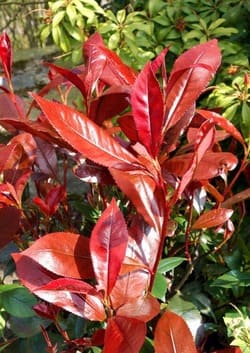
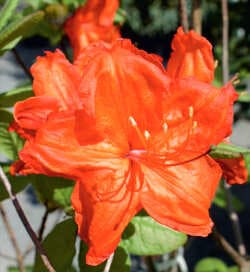

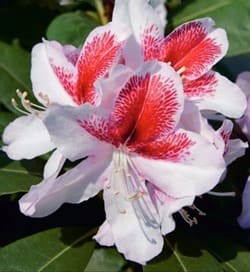


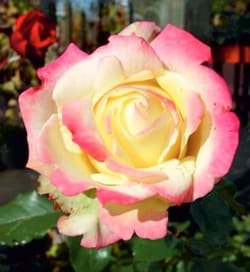
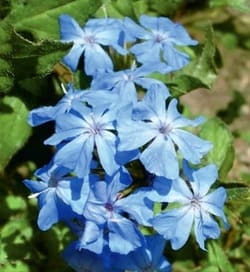
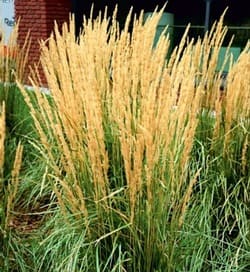
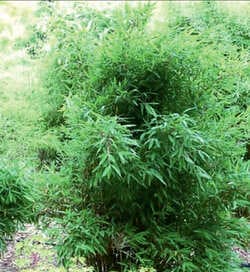

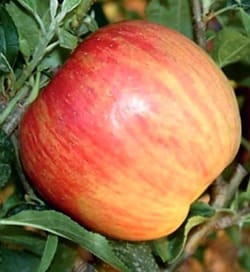
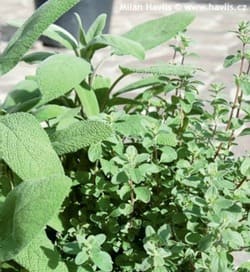
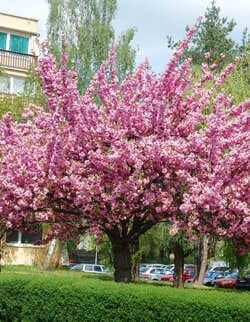
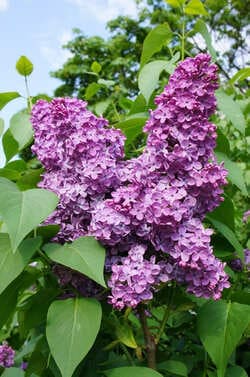
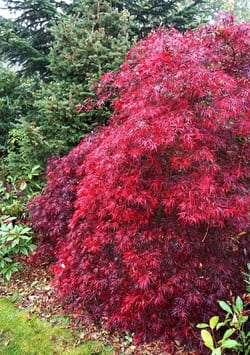
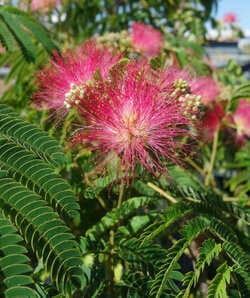
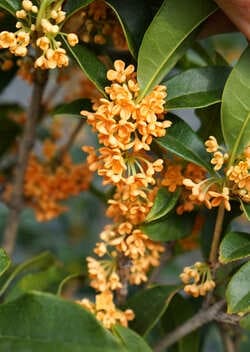



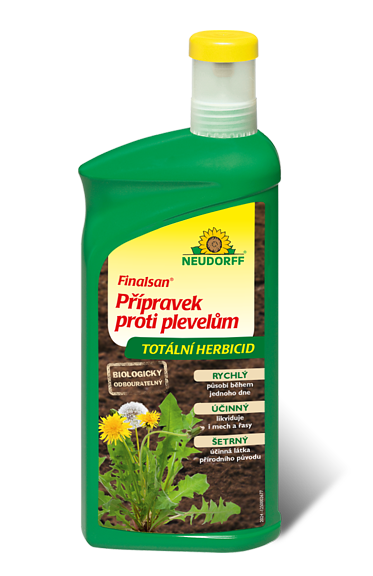


.jpg)
